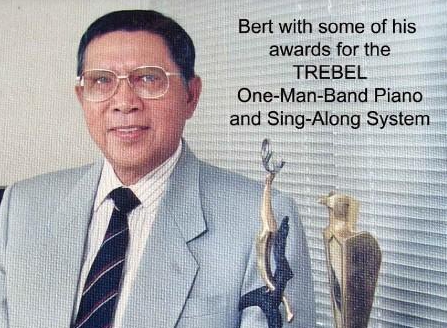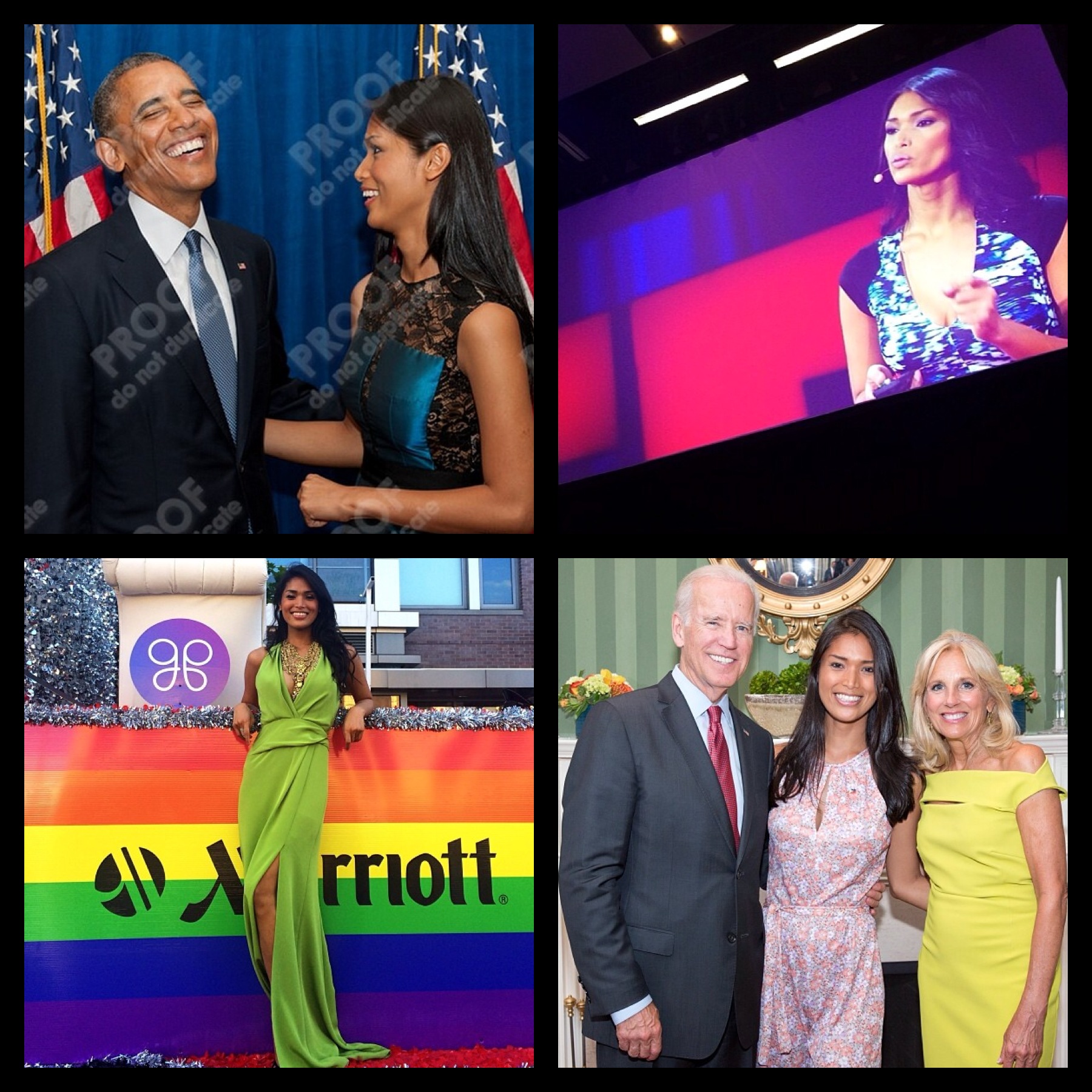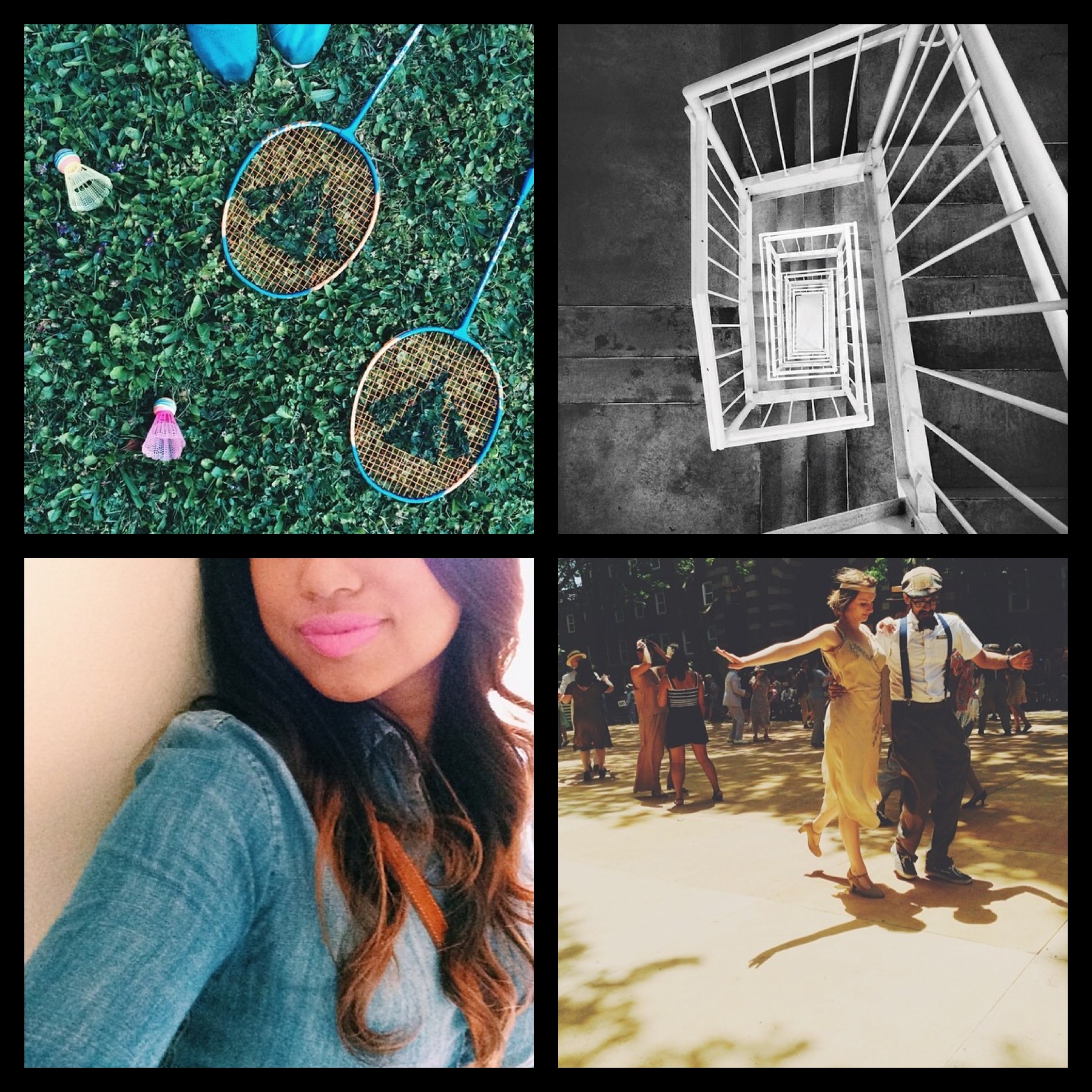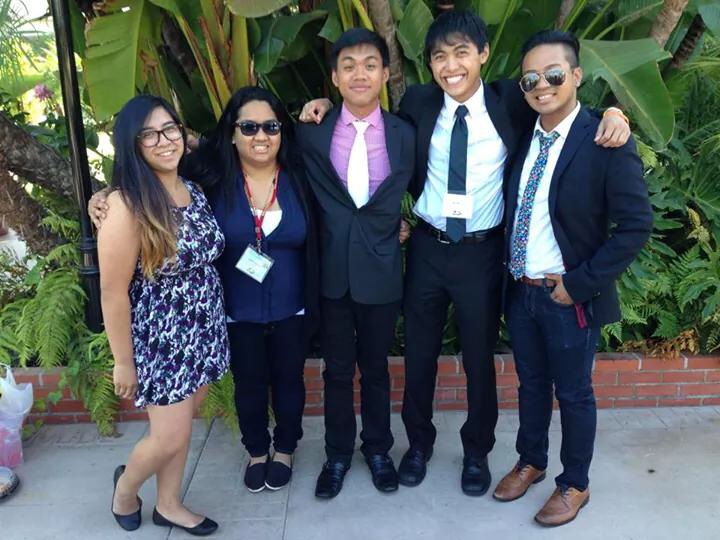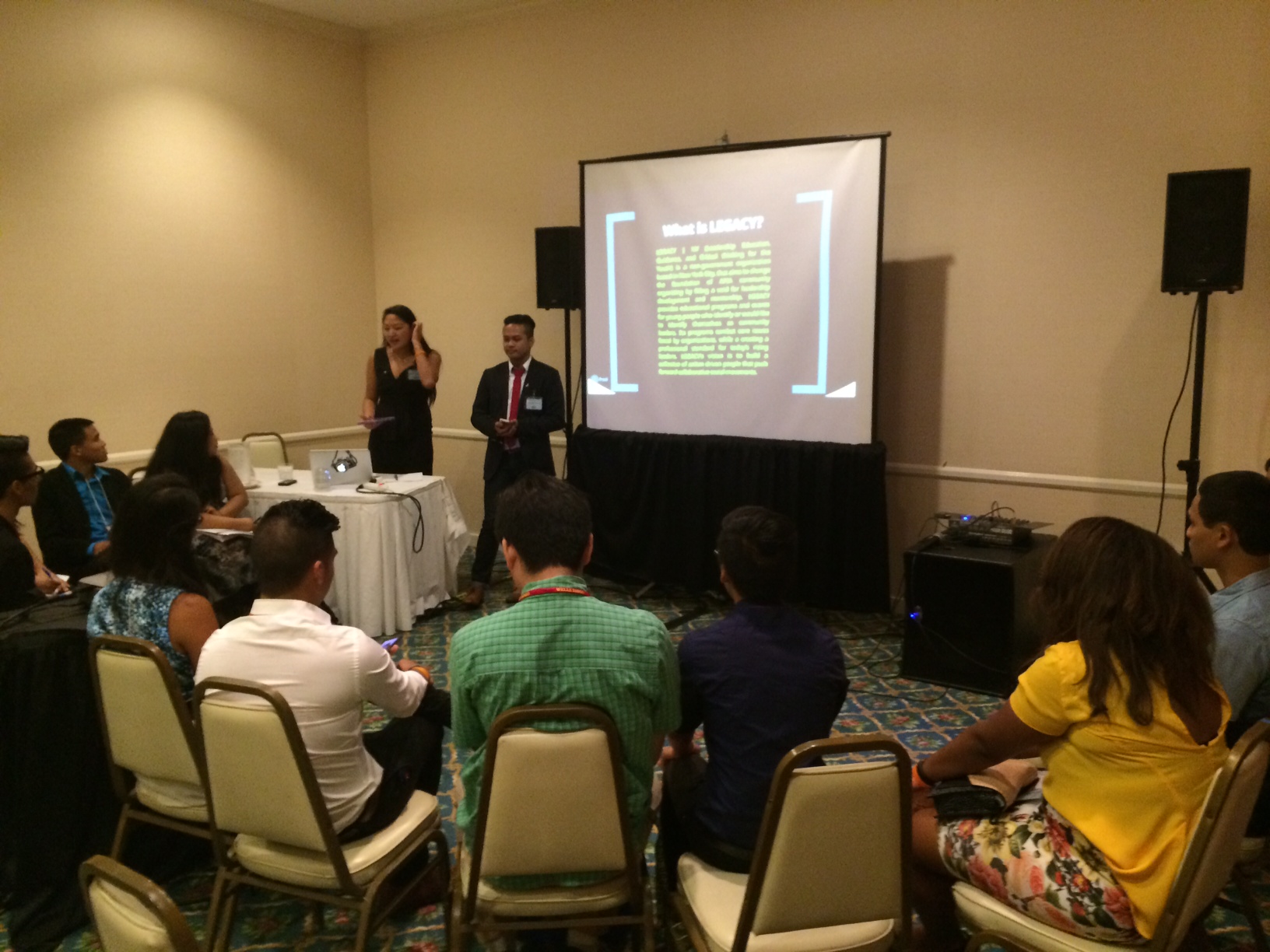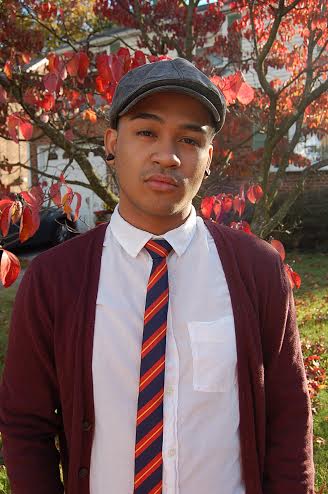As I sit here trying to figure out the words to say to describe my first ever EPYC and aFFAA conference, the only word that really comes to mind is
Indescribable
Looking back on all the pictures that I took, the places that I visited, and the experiences I’ve gained, it really seems impossible to describe how much I’ve learned about the other regional Filipino organizations, EYPC, NaFFAA, and about my own identity and purpose as a Filipino- American and as a student leader.
At the conference I learned about a lot of key things happening in the Filipino/Filipino American community. I learned about the National Federation of Filipino Americans Association (NaFFAA), and its mission and its goals. I was reminded of the magnitude of Typhoon Haiyan/Yolanda and how it still has lasting effects. I was taught many different leadership styles, and methods on how to plan events. And, as referenced by the inspirational Andrew Dimapilis, I learned more about what it meant to be a part of this big Filipino/Filipino-American community.
But out of all the things I learned this weekend, I would argue that the most important thing I learned that weekend was something I had to be reminded of:
The Filipino value of “Family”
The unique feeling where, you could be a complete stranger wherever you go, but if you find those few people who embody the Filipino spirit, you never feel lost. The feeling where you can immediately talk and laugh with people you’re meeting for the first time. That feeling when you smile at someone, and when they smile back, you can feel the genuine love and comfort from their smile alone, and it reminds you that no matter where you go in life, and no matter how many problems you run into, you’re never alone.
When I first arrived in San Diego, I planned on finding my own means of getting to the hotel, and even considered walking, but instead, I was graciously offered a ride from Shannen Bueno’s uncle, Tito Anthony, whom I’ve never met prior to this trip. Not only did he help me get to the hotel from the airport, but he also showed me around San Diego and took me out to many delicious Filipino restaurants.
On Sunday night, I had no hotel arrangements and planned on just arriving at the airport early and just hanging out there until my flight came at 11:45am, but instead Kuya Anthony and the representatives of the Philippine Students of Texas allowed me to stay in their room with them. Let me say, it’s been a while since I've slept so at peace.
The last day that most the “youth” had spent together, we all stayed up together and talked about our organizations, and the annual events and activities that we held. We talked about the things we were proud of and the areas of individual improvement. In that room, it was made really apparent that, even though most of us all started this conference as strangers, one of the most important things we will take back from this conference was that we had each other to fall on when things got rough. That we could talk to each other if something was on our minds. And that, when the inevitable string of plane flights came, we could comfortably tear up in front of each other when saying our goodbyes.
Even though I was new to the whole NaFFAA conference scene, I already felt accepted by both the youth of the conference and the experienced elders. I laughed with these people, ate with these people, and took selfies with these people. I shared my experiences with them and they shared theirs with me. And even though we were nearly complete strangers at the start of the conference, within the short span of 5 days, I’ve developed such a strong sense of friendship and belonging with my friends, kuyas, ates, titos, and titas who attended this conference. And even now, days after the conference hype has subsided, I still feel that sense of trust, care, and passion when I interact with the inspirational people I’ve met due to the conference.
If it wasn’t apparent by how I seemed to struggle putting all my feelings into a condensed amount of words, I could on and on forever about my time at the EPYC and NaFFAA conference and how the experience positively influenced me.
So if anyone ever asks me how it felt to go to a conference with hundreds of caring Filipinos, Filipino-Americans, and those who support the Philippines and its culture, the best I would describe it as is, well,
Indescribable.
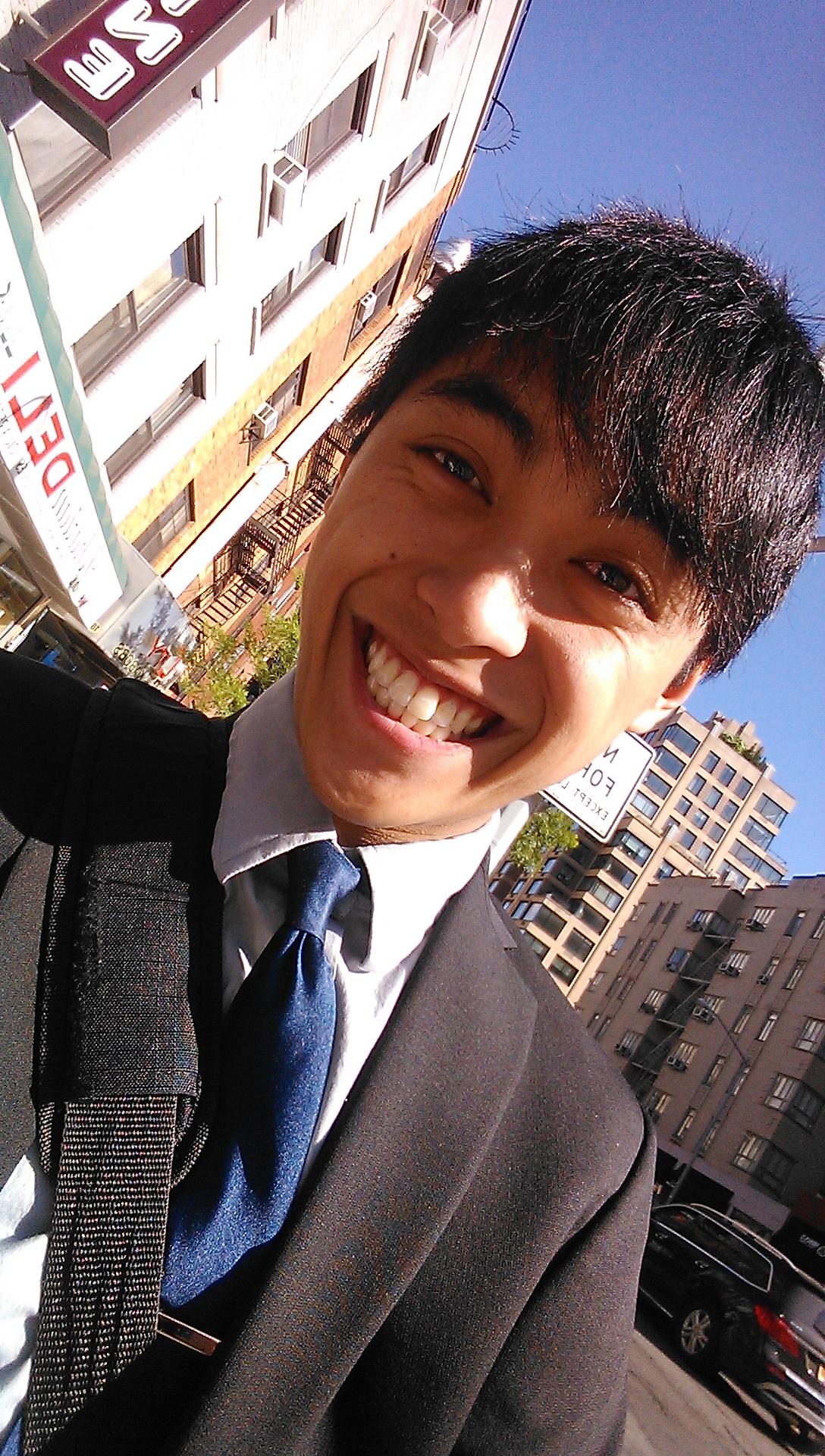 Hi everyone! My name is Neil Miran, and I am a senior at the University of Illinois in Urbana-Champaign studying biochemistry. Furthermore, I am also the president of the Midwest Association of Filipino Americans for the 2014-2015 academic year. I like to take photos, play instruments such as the piano and the guitar, and am a die-hard fan of the Kingdom Hearts series.
Hi everyone! My name is Neil Miran, and I am a senior at the University of Illinois in Urbana-Champaign studying biochemistry. Furthermore, I am also the president of the Midwest Association of Filipino Americans for the 2014-2015 academic year. I like to take photos, play instruments such as the piano and the guitar, and am a die-hard fan of the Kingdom Hearts series.



